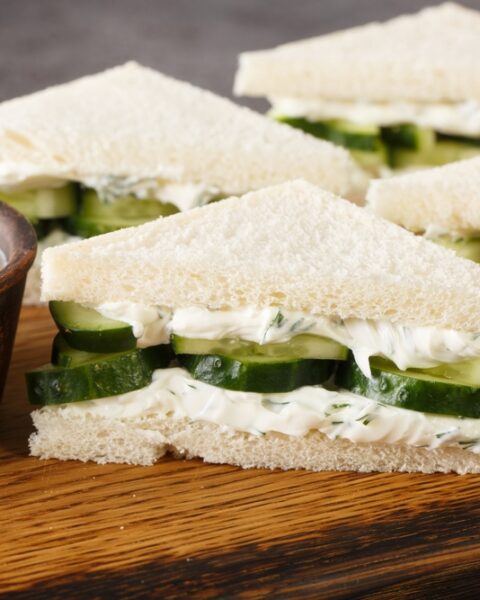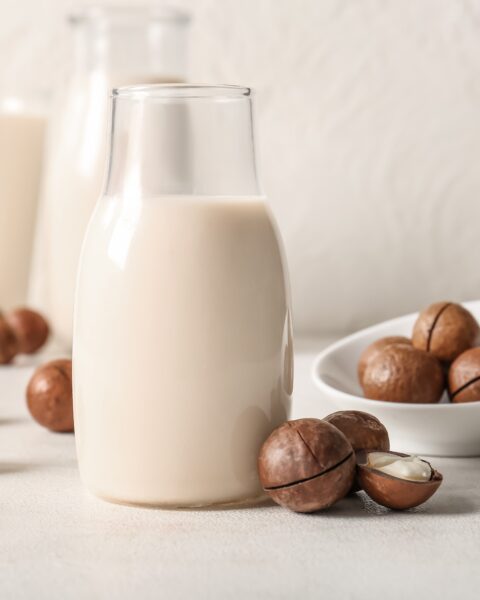When trying to eat healthily, it’s common to reach for foods labeled as “low-fat” or “fat-free.” However, not all low-fat foods are created equal, and some can actually be calorie bombs in disguise. In this article, we’ll be sharing 10 foods that are marketed as low-fat but are actually high in calories. From breakfast cereals to salad dressings, by learning to identify these hidden calorie bombs, you can make smarter choices and stay on track with your healthy eating plan.
Contents
Low-Fat Yogurt
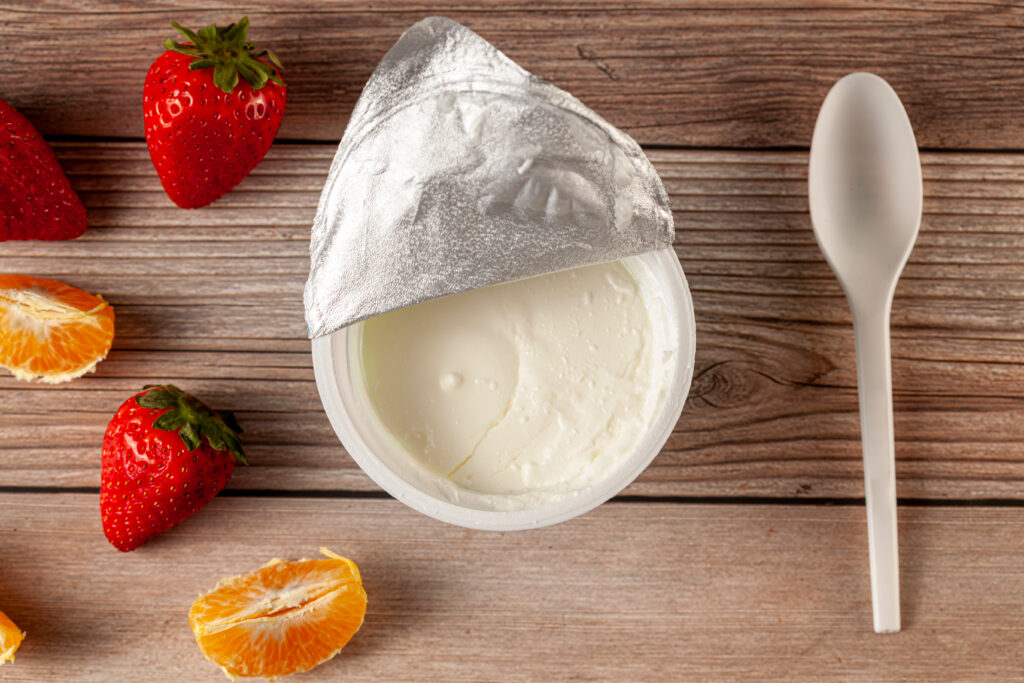
While yogurt is a wholesome snack, many “low-fat” versions compensate for the reduction in fat by adding sugar or artificial sweeteners. This can increase the calorie count and can negatively impact blood sugar levels.
Granola Bars

Marketed as a healthy snack, many granola bars labeled as “low-fat” contain significant amounts of sugars, syrups, and other caloric ingredients. Though they might contain less fat, the sugar content can make them a high-calorie option.
Salad Dressings

While they might be touted as “low-fat” or “fat-free,” many salad dressings are loaded with sugars, salt, and other additives. This not only increases their calorie content but can also diminish the health benefits of your fresh salad.
Smoothies from Chain Stores
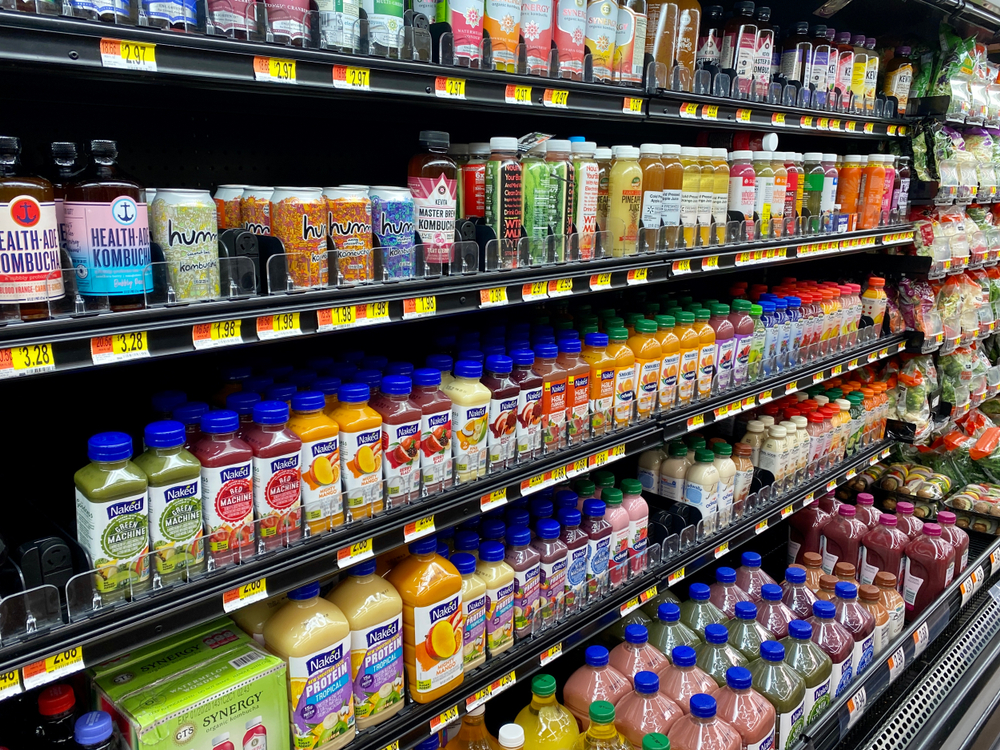
Store-bought or chain store smoothies might be marketed as a health drink, but some “low-fat” versions are packed with high-calorie ingredients, such as sweeteners, ice creams, or syrups, making them less healthy than they seem.
Breakfast Cereals

Many cereals that advertise as “low-fat” are often high in sugar. While they may lack the fats, the excessive sugars contribute to their calorie content, potentially leading to sugar spikes when consumed.
Muffins
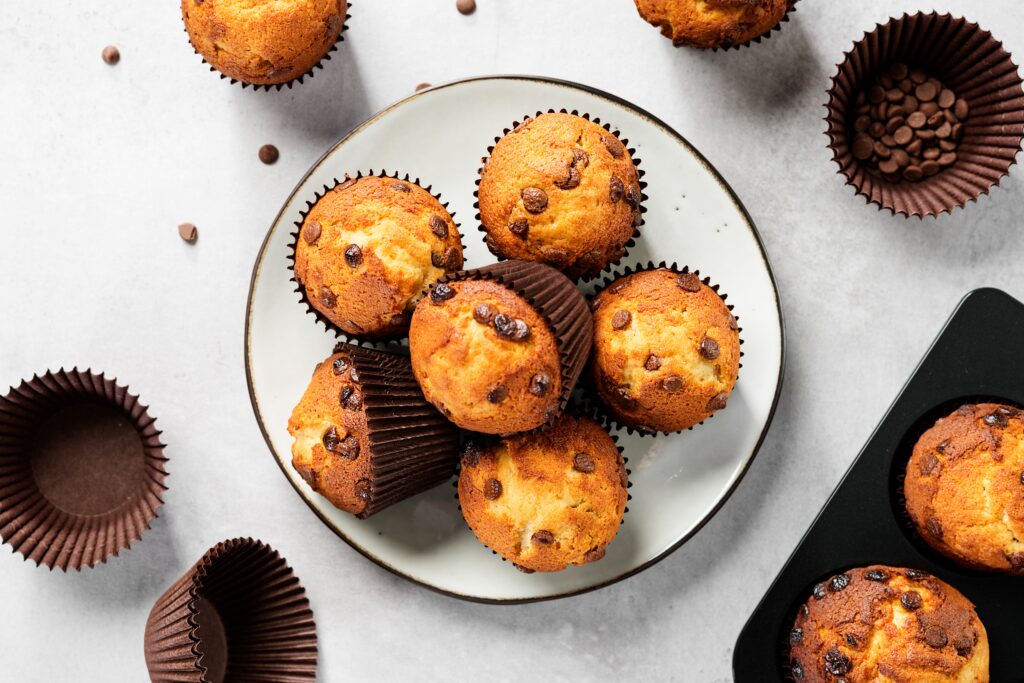
While the “low-fat” label might seem appealing, many muffins are made with refined flours, sugars, and calorie-rich additives. Such ingredients might increase their calorie content, making them less than ideal for weight-conscious individuals.
Frozen Yogurt
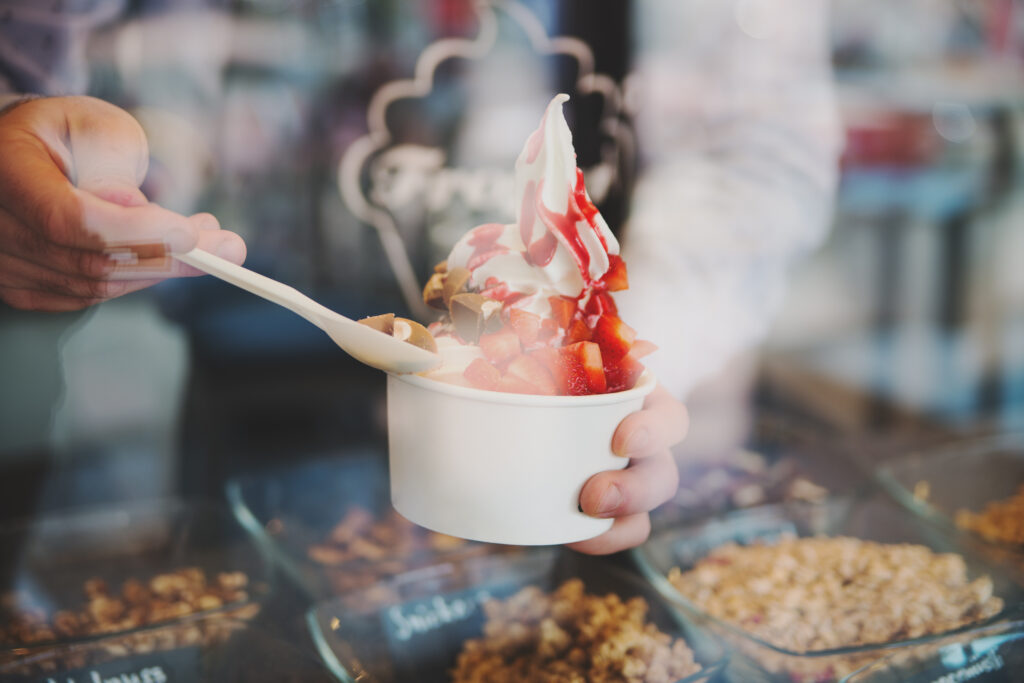
Often perceived as a healthier alternative to ice cream, some frozen yogurts, especially those labeled “low-fat,” compensate for the flavor with added sugars. Toppings, like candy and syrups, further increase the calorie count.
Pasta Sauces
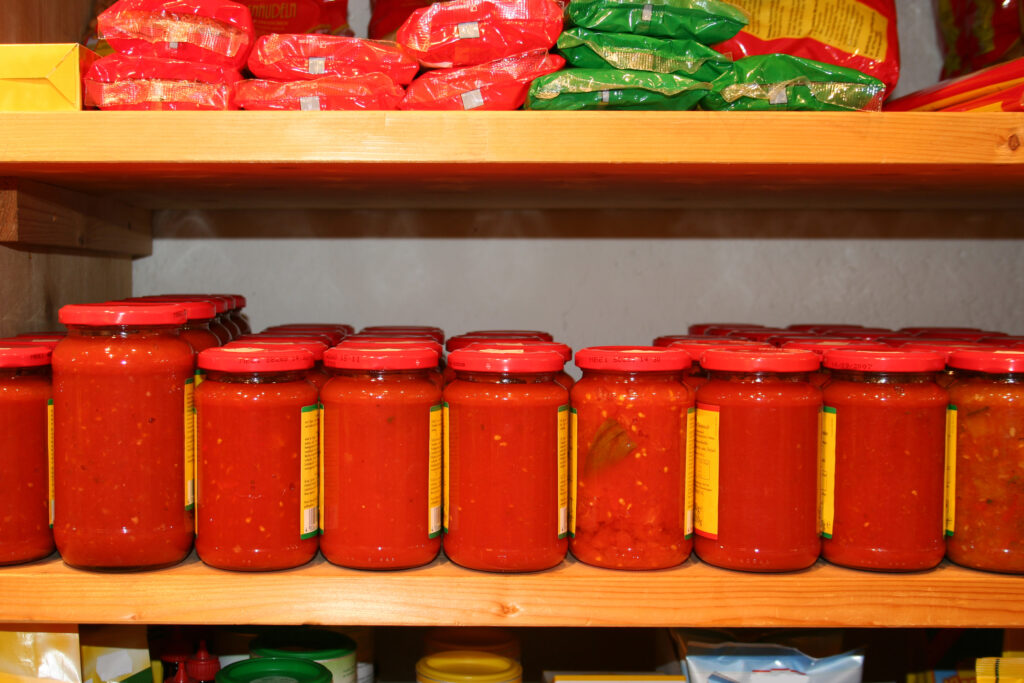
Many commercial pasta sauces might promote a “low-fat” label, but they can be riddled with sugars, preservatives, and other high-calorie ingredients. This can quickly turn a healthy pasta dish into a calorie-dense meal.
Fruit Juices
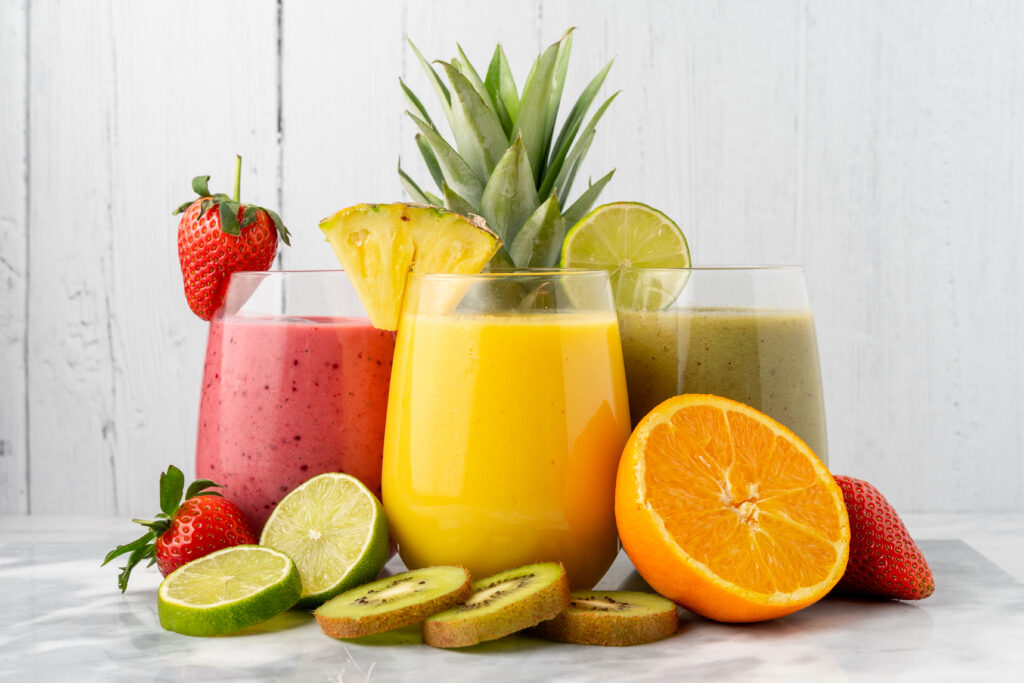
Though they may lack fats, many fruit juices are concentrated sources of natural sugars. Some even have added sugars, making their calorie content comparable to soft drinks.
Baked Chips
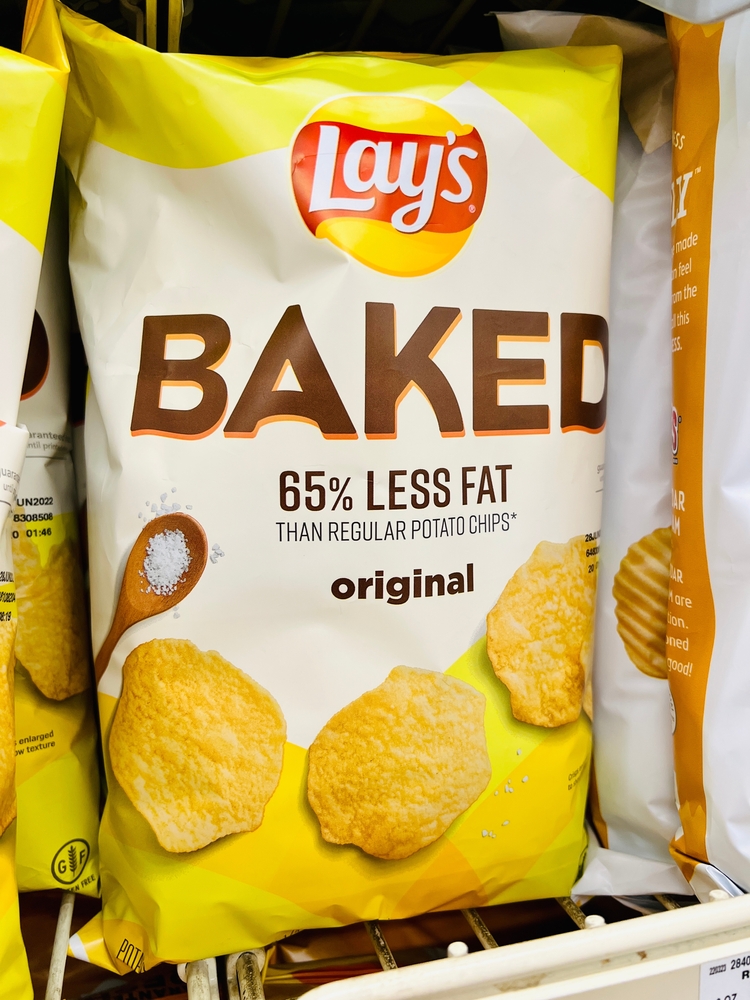
Baked chips might have less fat than their fried counterparts, but they can still be high in calories. Some are made with calorie-dense ingredients, and it’s easy to consume them in large quantities, increasing calorie intake.
This article originally appeared on RetailShout.
More From RetailShout
10 Essential Condiments Every Kitchen Needs
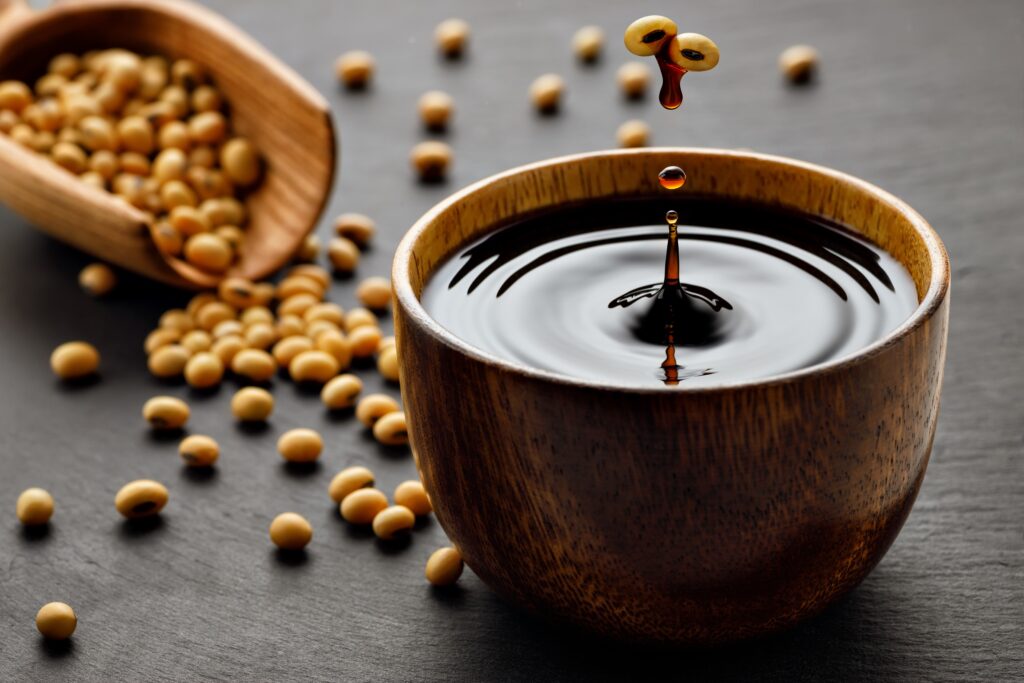
Condiments are a staple of many kitchens, adding flavor and variety to meals. From tangy mustard to savory salsa, there are countless condiments to choose from. But with so many options available, it can be hard to know which ones to keep in your pantry. Read More.
10 Foods That Cost Less to Eat Out Than to Make at Home

Eating out often gets a bad rap for being expensive, but that’s not always the case. Sometimes, grabbing a meal at your favorite spot can be lighter on the wallet than whipping it up in your kitchen. Whether it’s the cost of ingredients or the time and effort involved, there are plenty of foods where dining out just makes more sense. Read More.
10 Delicious Low-Carb Recipes to Refresh Your Diet
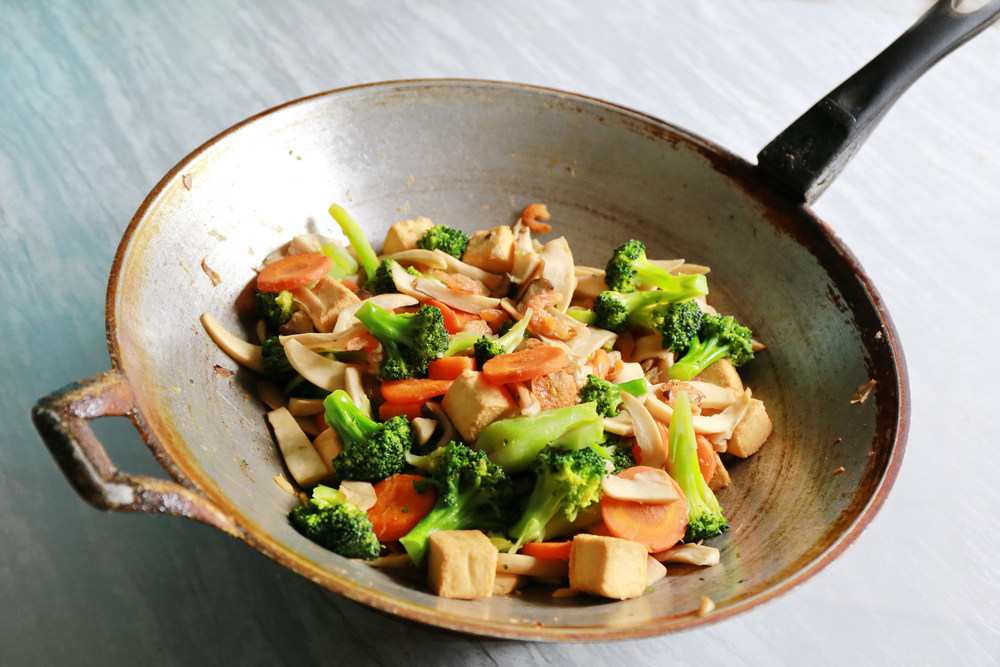
Low-carb diets have gained popularity in recent years as a way to manage weight and improve overall health. By reducing your intake of carbohydrates, you can help regulate blood sugar levels, reduce inflammation, and promote weight loss. Read More.


